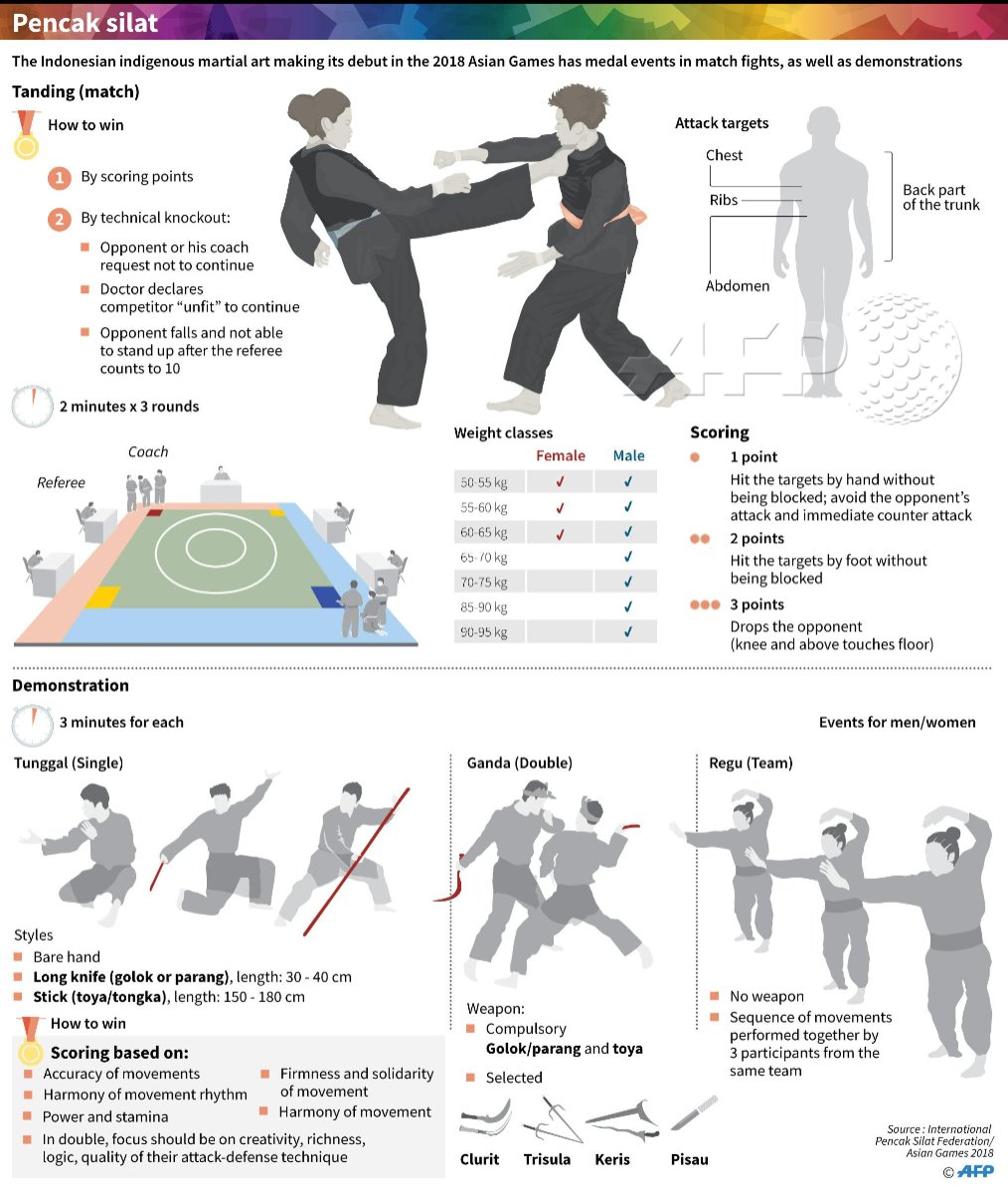Trick Differences Between Typical Martial Arts And Modern Combat Sports: An In-Depth Evaluation
Trick Differences Between Typical Martial Arts And Modern Combat Sports: An In-Depth Evaluation
Blog Article
Content By-Valentine Fink
When you think of martial arts, do you lean much more toward the conventional methods or the modern-day fight sports? Each course uses one-of-a-kind benefits and experiences, shaped by their philosophies and training methods. Standard martial arts highlight personal development and self-control, while contemporary battle sports concentrate on competition and performance. Understanding these differences can direct you in picking the ideal technique for your trip. However how do these differences materialize in training and viewpoint?
The Approach and History Behind Standard Martial arts
While lots of people link martial arts with physical fight, the philosophy and background behind traditional martial arts run much deeper. You'll locate that these self-controls stress individual growth, discipline, and respect.
Originating from ancient methods, standard martial arts were frequently created for Self-Defense and spiritual development. They symbolize principles such as equilibrium, harmony, and self-control, guiding practitioners beyond mere fighting skills.
As you train, you'll not only discover methods however likewise acquire insights into the culture and worths that formed these arts. The rituals and customs, often given through generations, cultivate a feeling of neighborhood and belonging.
The Competitive Nature of Modern Battle Sports
Modern battle sports have transformed the landscape of martial arts into a very competitive field, where professional athletes challenge in a test of skill, method, and endurance.
You'll notice that competitions are frequently arranged with rigorous regulations and guidelines, ensuring fair play and security. These occasions bring in large target markets, sustaining the excitement and intensity of matchups.
Athletes train carefully, not just for physical prowess but likewise for psychological toughness, knowing that every detail counts in the ring. The adrenaline thrill throughout competitors is palpable, as boxers push their limitations to claim victory.
Followers appreciate the athleticism and virtuosity entailed, making modern combat sports a thrilling spectacle that continues to progress and captivate enthusiasts all over the world.
Training Approaches and Strategies: A Comparative Analysis
The competitive atmosphere of modern combat sporting activities needs cutting-edge training techniques that vary significantly from typical martial arts.
In https://garrettahmrx.theideasblog.com/36012949/begin-your-path-towards-becoming-skillful-in-self-defense-by-understanding-the-complicated-link-between-concern-and-empowerment , you'll focus on specific methods, sparring, and conditioning, frequently making use of drills that mimic actual battle scenarios. You'll see a focus on quantifiable performance and constant competition to evaluate your skills.
In contrast, standard martial arts prioritize forms, katas, and thoughtful mentors, often stressing technique and regard over competition.
see here is usually much less intense and might include repeated technique rather than real-time sparring.
While both techniques construct skill and health and fitness, contemporary combat sporting activities offer an extra vibrant and versatile training environment, preparing you for instant obstacles in the ring or cage.
Pick the course that aligns with your goals and interests.
Conclusion
In choosing in between traditional martial arts and modern-day battle sports, it actually comes down to what you value the majority of. If you're seeking individual growth, technique, and a feeling of neighborhood, conventional arts could be your finest fit. However if you flourish on competitors and real-time difficulties, modern-day battle sporting activities could be the method to go. Eventually, both paths offer one-of-a-kind benefits, so it's everything about straightening your training with your individual objectives and interests.
